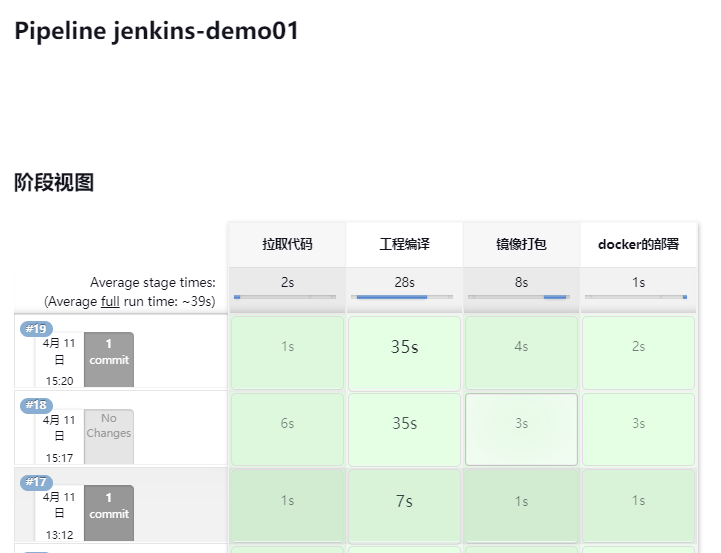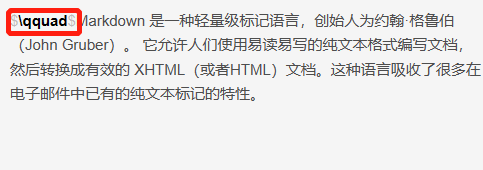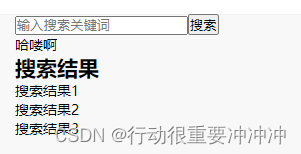深度学习
文章目录
- 深度学习
尝试着写了一个可以转换任何维度的任意格式的bbox函数。
本程序目的是:
可以转换以下三种格式的输入数据 list,numpy,tensor,维度可以从0维到2维, 也就是shape为:(4,) (3, 4) torch.Size([4]) torch.Size([3, 4])的边界框数据
import numpy as np
import torch
# ===============================================================================#
# 坐标转换系列函数
# 输入:可能是 列表、np矩阵、tensor矩阵 以下六个函数可以保证输入输出的维度一致
# 输入的维度可能是一个向量shape=(4,)(.T转置之后的到的是原变量)
# ===============================================================================#
def ltwh2center(bbox):
"""
:param bbox:[left, top, w, h]
:return:[cx, cy, w, h]
"""
if isinstance(bbox, list):
bbox = np.array(bbox)
if bbox.shape[-1] != 4:
raise ValueError('bbox.shape[-1] should equal 4')
else:
if isinstance(bbox, np.ndarray):
left, top, w, h = bbox[..., 0], bbox[..., 1], bbox[..., 2], bbox[..., 3]
# cx=left+w/2; cy=top+h/2;w;h
_bbox = np.stack([left + w / 2, top + h / 2, w, h], axis=-1)
return _bbox
if isinstance(bbox, torch.Tensor):
left, top, w, h = bbox[..., 0], bbox[..., 1], bbox[..., 2], bbox[..., 3]
# cx=left+w/2; cy=top+h/2;w;h
_bbox = torch.stack((left + w / 2, top + h / 2, w, h), dim=-1)
return _bbox
def ltwh2corner(bbox):
"""
:param bbox:[left, top, w, h]
:return:[left, top, right, bottom]
"""
if isinstance(bbox, list):
bbox = np.array(bbox)
if bbox.shape[-1] != 4:
raise ValueError('bbox.shape[-1] should equal 4')
else:
if isinstance(bbox, np.ndarray):
left, top, w, h = bbox[..., 0], bbox[..., 1], bbox[..., 2], bbox[..., 3]
# left; top; right=left+w; bottom=top+h
_bbox = np.stack([left, top, left + w, top + h], axis=-1)
return _bbox
if isinstance(bbox, torch.Tensor):
left, top, w, h = bbox[..., 0], bbox[..., 1], bbox[..., 2], bbox[..., 3]
_bbox = torch.stack((left, top, left + w, top + h), dim=-1)
return _bbox
def corner2ltwh(bbox):
"""
:param bbox:[left, top, right, bottom]
:return:[left, top, w, h]
"""
if isinstance(bbox, list):
bbox = np.array(bbox)
if bbox.shape[-1] != 4:
raise ValueError('bbox.shape[-1] should equal 4')
else:
if isinstance(bbox, np.ndarray):
left, top, right, bottom = bbox[..., 0], bbox[..., 1], bbox[..., 2], bbox[..., 3]
# left; top; w=right-left; h=bottom-top
_bbox = np.stack([left, top, right - left, bottom - top], axis=-1)
return _bbox
if isinstance(bbox, torch.Tensor):
left, top, right, bottom = bbox[..., 0], bbox[..., 1], bbox[..., 2], bbox[..., 3]
_bbox = torch.stack((left, top, right - left, bottom - top), dim=-1)
return _bbox
def corner2center(bbox):
"""
:param bbox:[left, top, right, bottom]
:return:[cx,cy, w, h]
"""
if isinstance(bbox, list):
bbox = np.array(bbox)
if bbox.shape[-1] != 4:
raise ValueError('bbox.shape[-1] should equal 4')
else:
if isinstance(bbox, np.ndarray):
left, top, right, bottom = bbox[..., 0], bbox[..., 1], bbox[..., 2], bbox[..., 3]
# cx=(left+right)/2; cy=(top+bottom)/2; w=right-left; h=bottom-top
_bbox = np.stack([(left + right) / 2, (top + bottom) / 2, right - left, bottom - top], axis=-1)
return _bbox
if isinstance(bbox, torch.Tensor):
left, top, right, bottom = bbox[..., 0], bbox[..., 1], bbox[..., 2], bbox[..., 3]
_bbox = torch.stack(((left + right) / 2, (top + bottom) / 2, right - left, bottom - top), dim=-1)
return _bbox
def center2corner(bbox):
"""
:param bbox: [cx,cy,w,h]
:return: [left, top, right, bottom]
"""
if isinstance(bbox, list):
bbox = np.array(bbox)
if bbox.shape[-1] != 4:
raise ValueError('bbox.shape[-1] should equal 4')
else:
if isinstance(bbox, np.ndarray):
cx, cy, w, h = bbox[..., 0], bbox[..., 1], bbox[..., 2], bbox[..., 3]
# left=cx-w/2; top=cy-h/2; right=cx+w/2; bottom=cy+h/2
_bbox = np.stack([cx - w / 2, cy - h / 2, cx + w / 2, cy + h / 2], axis=-1)
return _bbox
if isinstance(bbox, torch.Tensor):
cx, cy, w, h = bbox[..., 0], bbox[..., 1], bbox[..., 2], bbox[..., 3]
_bbox = torch.stack((cx - w / 2, cy - h / 2, cx + w / 2, cy + h / 2), dim=-1)
return _bbox
def center2ltwh(bbox):
"""
:param bbox: [cx, cy, w, h]
:return: [left, top, w, h]
"""
if isinstance(bbox, list):
bbox = np.array(bbox)
if bbox.shape[-1] != 4:
raise ValueError('bbox.shape[-1] should equal 4')
else:
if isinstance(bbox, np.ndarray):
cx, cy, w, h = bbox[..., 0], bbox[..., 1], bbox[..., 2], bbox[..., 3]
# left=cx-w/2; top=cy-h/2; w; h
_bbox = np.stack([cx - w / 2, cy - h / 2, w, h], axis=-1) # cx,cy,w,h
return _bbox
if isinstance(bbox, torch.Tensor):
cx, cy, w, h = bbox[..., 0], bbox[..., 1], bbox[..., 2], bbox[..., 3]
_bbox = torch.stack((cx - w / 2, cy - h / 2, w, h), dim=-1) # 将数据坐标拼接起来
return _bbox
if __name__ == '__main__':
print('Start...')
box1 = [50, 50, 100, 200] # list
box2 = np.array([50, 50, 120, 220]) # 一个坐标
box3 = np.array([[50, 50, 100, 200], [50, 50, 120, 220], [50, 50, 120, 220]]) # 多个坐标
box4 = torch.FloatTensor([50, 50, 100, 200]) # 一个tensor坐标数据
box5 = torch.FloatTensor([[50, 50, 100, 200], [50, 50, 120, 220], [50, 50, 120, 220]]) # 多个tensor坐标数据
for box in [box1, box2, box3, box4, box5]:
box_ = ltwh2center(box)
print('\n', 'input (%s):\n' % type(box), box, '\n', 'output(%s):\n' % type(box_), box_)





